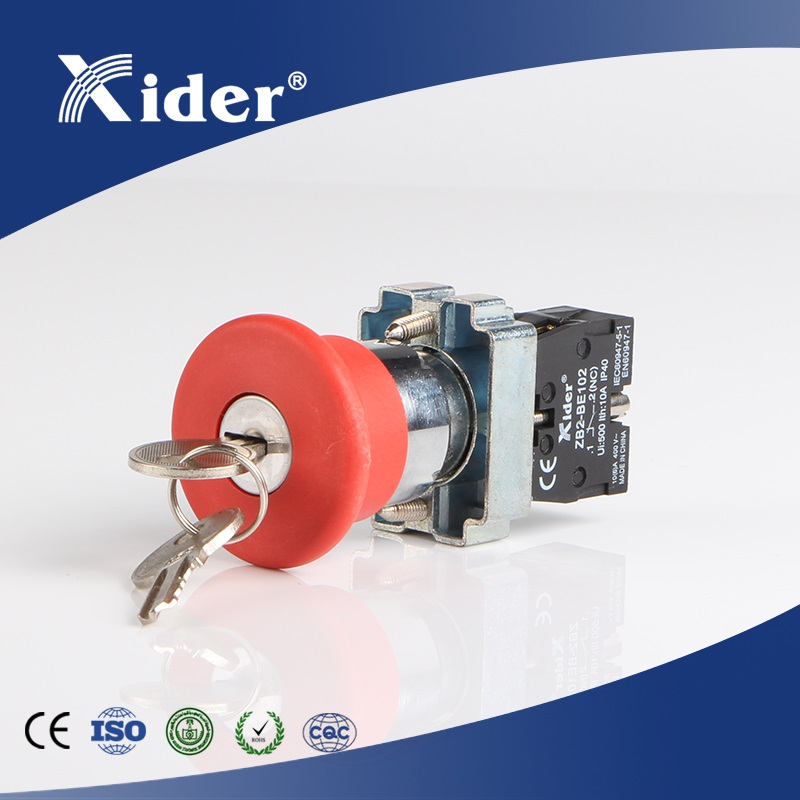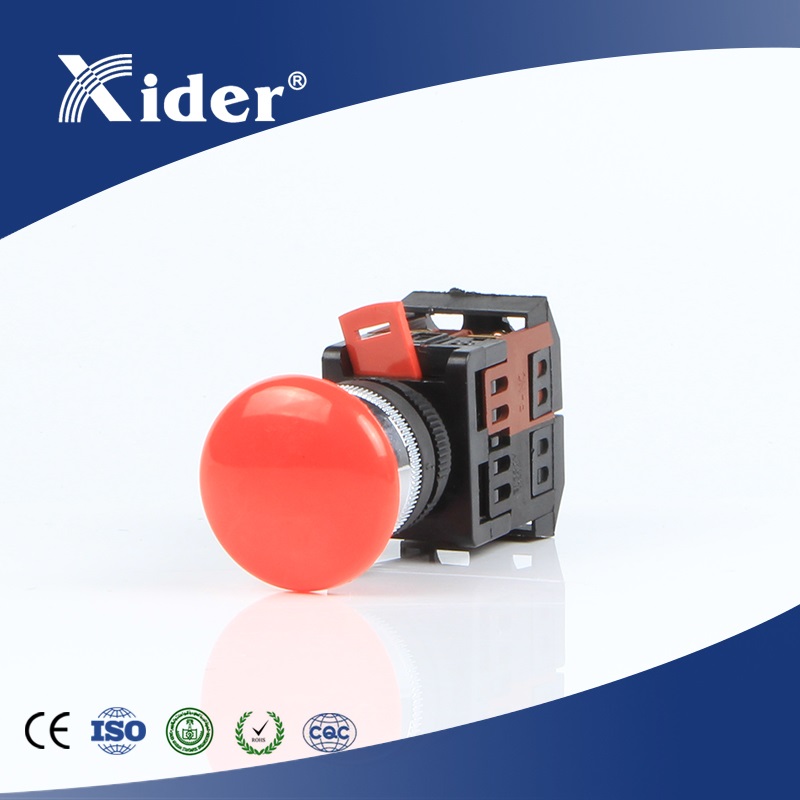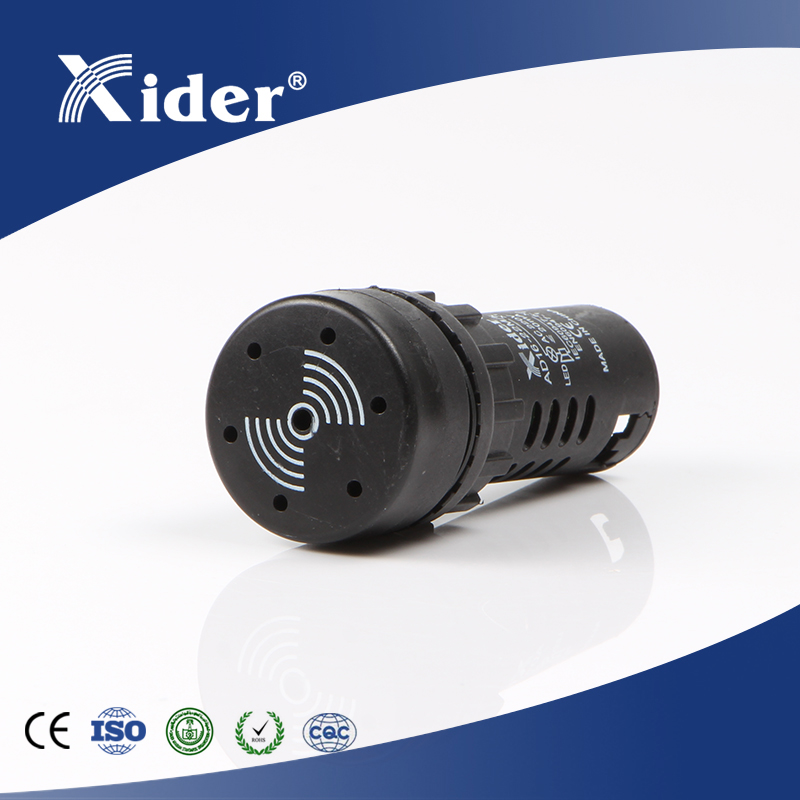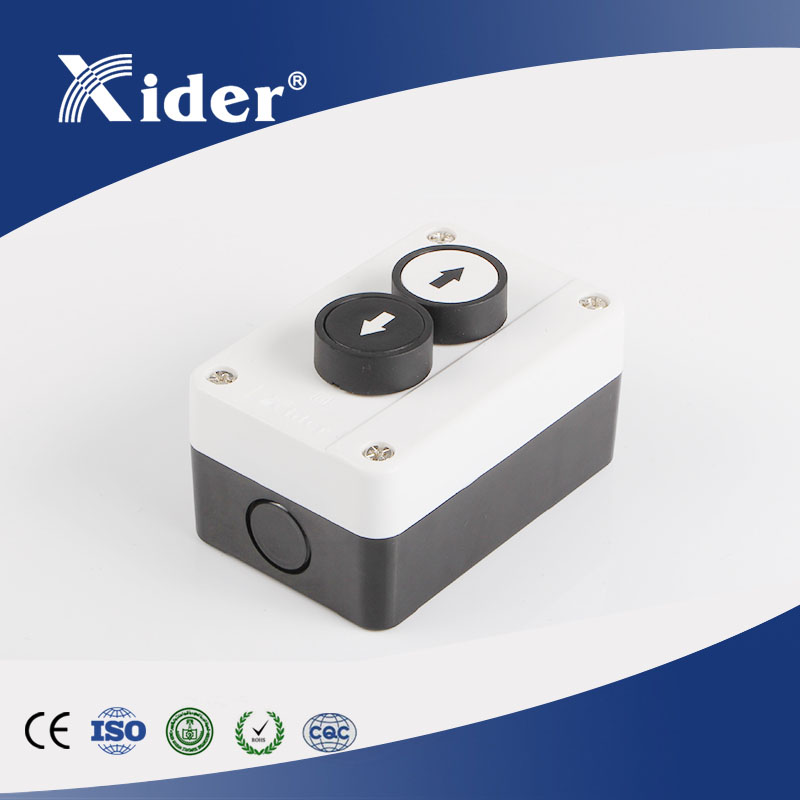If you've used LED Lights in different spaces, you may have noticed changes like faster dimming or slower startup over time. Many blame normal wear, but environmental factors often matter more. This article breaks down key environmental elements that impact LED performance and simple fixes.
Key Environmental Factors That Influence LED Lights
Not all environmental issues affect LED Lights the same way. Below are the three most common factors, with clear explanations of how and why they matter.
1. Temperature Extremes
Temperature is one of the biggest impacts on LED Lights. Unlike traditional bulbs, LEDs use semiconductor components sensitive to heat and cold:
High temperatures (above 40°C/104°F) speed up internal part aging, dimming light and shortening lifespan by disrupting electrical flow.
Low temperatures (below 0°C/32°F) rarely cause permanent damage but can delay startup, as cold reduces component efficiency temporarily.
This is critical for outdoor or industrial use, where LEDs face unregulated temperatures year-round.
2. Excess Humidity
Moisture is a hidden threat to LED Lights. Most LEDs aren't fully waterproof unless specifically designed for it, so humidity seeps into housings over time:
Moisture touching internal circuits raises short-circuit risk, leading to flickering, unexpected shutdowns, or total failure.
It also causes corrosion on metal parts (like connectors), weakening electrical connections and reducing reliability.
Bathrooms, basements, and rainy outdoor areas are common trouble spots.
3. Dust and Debris Buildup
Dust harms LED Lights, especially in industrial or high-traffic spaces:
Dust accumulates on surfaces and housings, trapping heat LEDs emit. Built-up heat damages semiconductors (similar to high temperatures).
Thick dust layers also dim light output, as particles scatter light before it reaches the space.
Factories, garages, and poorly ventilated areas are most at risk.
Simple Ways to Mitigate Environmental Impact
You don't need special tools to protect LED Lights. Try these practical steps:
Match LEDs to the space: For humid or outdoor areas, choose LEDs with an IP (Ingress Protection) rating of IP65 or higher, as these resist moisture and dust.
Keep LEDs clean: Wipe surfaces and housings with a dry, soft cloth every few months. For industrial LEDs, use compressed air to clear hard-to-reach dust.
Avoid extreme temps: Install LEDs away from direct sunlight (which heats them) or unheated areas (which cool them too much). Outdoor models with built-in temperature regulation work best.
Final Thoughts
LED Lights are durable, but not immune to environmental factors. Understanding how these factors affect performance helps you use them smarter and extend their lifespan.
If you need LED Lights built for tough industrial environments (like high temps or heavy dust), our product page highlights solutions designed to resist these stressors. Explore our industrial-grade LED options here to find your fit.






